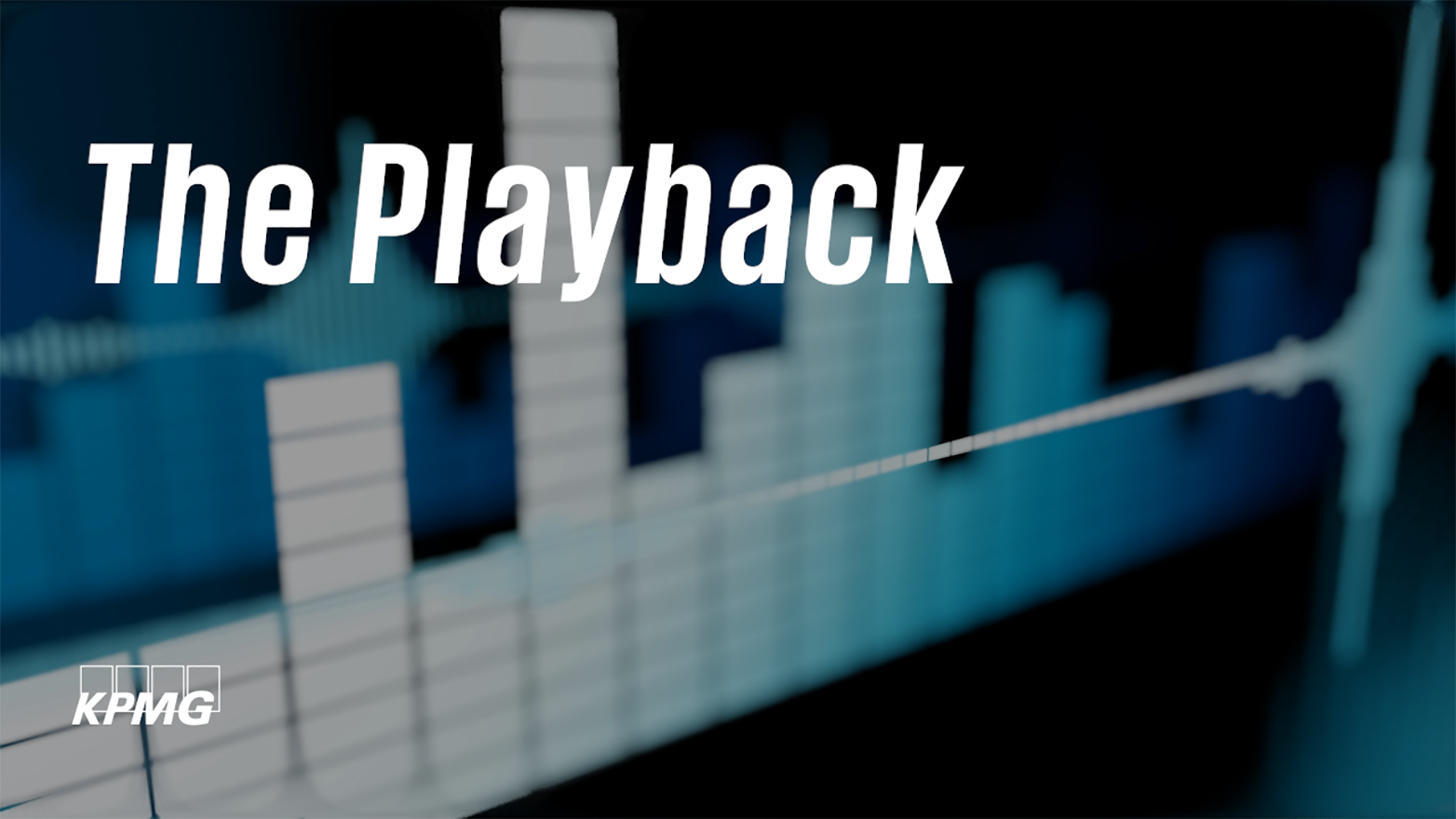
Media
Our latest press releases

New KPMG U.S. Leaders to Drive Market Innovation and Client Value
KPMG LLP has elected Timothy J. Walsh to serve as its next Chair and Chief Executive Officer, and Atif Zaim to serve as Deputy Chair, for a five-year term beginning July 1, 2025.

KPMG LLP Launches KPMG Law US, The First Big Four Law Firm Serving the US Market
Today, KPMG LLP launched KPMG Law US, a subsidiary of KPMG LLP, marking a milestone as the first law firm owned by a Big Four firm to serve the US market.

Matt Miner Named General Counsel of KPMG LLP
Miner will be responsible for helping the firm serve its clients with innovation, while meeting the firm’s professional obligations and maintaining a world-class ethics and compliance program.

The KPMG Working Parents Survey
Seventy-six percent (76%) of working parents believe that becoming a parent has boosted their motivation at work, according to a new study from KPMG.

DeepSeek: A breakthrough moment for AI
KPMG leaders provide insights on the latest disruption in the AI landscape.

KPMG 2025 Asset Management Industry Outlook
Private credit is seen as the top ROI, while interest rate concerns persist, according to KPMG's latest survey.
Explore all KPMG news
Discover recent insights
Research that demonstrates our understanding of complex business challenges faced by companies around the world.

KPMG AI Impact Initiative
Harnessing responsible and ethical AI to benefit non-profits and prepare the workforce of the future

KPMG American Perspectives Survey
Optimism, Trust and Uncertainty in the Era of Compound Volatility

KPMG Sustainability
Unlock sustainability opportunities to enhance trust, mitigate risk and create new value, starting now.

Generative AI
Generative AI is a game-changing technology, offering innovative ways to engage with users and generate content with deeper insights.
Explore all KPMG insights
Events & Multimedia
Explore events from our social channels as well as resources designed for media professionals
Popular category topics
Explore our recent events and multimedia resources
Looking to mention KPMG on your own media channels? We have the tools needed to communicate how we're helping organizations achieve real results.
About KPMG

Careers and culture
At KPMG, we recognize people as our most valuable asset. Our distinct skills, backgrounds, and experiences drive innovation and excellence, while our culture makes us a great place to build a thriving career.
PRESS CONTACTS
Contact KPMG Media
For all media-related inquiries and requests, please click here to contact the KPMG U.S. media relations team
Subscribe to receive the KPMG Opportunity (In)sight Newsletter
Turn insight into opportunity with unique perspectives and actionable insights addressing the burning issues atop the C-suite agenda. Delivered monthly.


